How To Build A Data Center Security Strategy For 2025 And Beyond
As the world becomes increasingly reliant on digital infrastructure, data centers have evolved into the backbone of business operations, cloud services, and critical government functions. With projections showing global data center capacity rising sharply over the next decade, the security of these facilities has never been more crucial. The complexity and scale of modern data […] The post How To Build A Data Center Security Strategy For 2025 And Beyond appeared first on Cyber Security News.

As the world becomes increasingly reliant on digital infrastructure, data centers have evolved into the backbone of business operations, cloud services, and critical government functions.
With projections showing global data center capacity rising sharply over the next decade, the security of these facilities has never been more crucial.
The complexity and scale of modern data centers introduce new challenges, from advanced cyber threats to physical security vulnerabilities.
To build a robust data center security strategy for 2025 and beyond, organizations must adopt a comprehensive, multi-layered approach that addresses both physical and cyber risks, leverages the latest technologies, and incorporates resilient operational practices.
Understanding The Modern Data Center Threat Landscape
The threat landscape facing data centers is rapidly evolving. No longer are these facilities isolated, static warehouses of servers; they are now dynamic, interconnected hubs supporting cloud, edge computing, and AI-driven workloads.
This transformation has expanded the attack surface, making data centers attractive targets for cybercriminals, state-sponsored actors, and even insider threats.
The integration of IoT devices, remote management tools, and third-party services further complicates the security equation.
Attackers are leveraging automation and artificial intelligence to identify vulnerabilities, launch sophisticated phishing campaigns, and execute ransomware attacks that can cripple operations and compromise sensitive data.
Physical threats are also on the rise. Data centers face risks from unauthorized access, sabotage, theft, and even natural disasters.
The consequences of a security breach can be severe, including data loss, regulatory penalties, reputational damage, and service outages.
As a result, organizations must move beyond traditional perimeter defenses and adopt a holistic security strategy that protects assets at every layer.
This includes not only the hardware and software but also the people, processes, and physical infrastructure that make up the data center ecosystem.
A modern data center security strategy begins with a thorough risk assessment. Organizations must identify critical assets, assess potential vulnerabilities, and evaluate the likelihood and impact of various threat scenarios.
This process should involve stakeholders from IT, facilities management, compliance, and executive leadership to ensure a comprehensive understanding of the risks and the resources required to mitigate them.
Once the risk landscape is clear, organizations can prioritize security investments and develop policies that align with business objectives and regulatory requirements.
Physical Security: The Foundation Of Data Center Protection
Physical security remains a fundamental pillar of data center protection. Despite advances in cybersecurity, a physical breach can render digital defenses useless.
Modern data centers must implement layered security measures that deter, detect, and respond to unauthorized access. This begins with robust perimeter defenses, such as fencing, barriers, and secure entry points.
Access to the facility should be tightly controlled using a combination of biometric authentication, smart cards, and multi-factor verification.
Visitor management systems should track all personnel entering and exiting the premises, while security guards and patrols provide an additional layer of oversight.
Surveillance is another critical component. High-definition cameras equipped with AI-powered analytics can monitor for suspicious behavior, unauthorized movement, or environmental hazards.
These systems should be integrated with access control and alarm systems to provide real-time alerts and enable rapid incident response.
Environmental controls, such as fire suppression systems, humidity sensors, and temperature monitoring, help protect sensitive equipment from accidental damage or sabotage.
Regular security audits and penetration testing can identify weaknesses in physical defenses and ensure compliance with industry standards.
Cybersecurity Frameworks For The Next Generation Data Center
As data centers become more interconnected and software-defined, cybersecurity frameworks must evolve to address a broader range of threats.
The principle of Zero Trust has emerged as a cornerstone of modern data center security. Zero Trust assumes that no user, device, or application should be trusted by default, regardless of their location within the network.
Every access request is authenticated, authorized, and continuously validated, reducing the risk of lateral movement by attackers who breach the perimeter.
- Evolving threat landscape demands multi-layered security strategies to address AI-driven cyberattacks, physical breaches (up 47% in 2025), and insider risks.
- Modern data centers face threats from state-sponsored actors, ransomware, and IoT vulnerabilities, requiring continuous risk assessments across IT, facilities, and compliance teams.
- Zero Trust architecture forms the cybersecurity foundation, enforcing strict authentication for all users/devices and segmenting networks by function/sensitivity.
- This limits lateral movement during breaches, with micro-segmentation further isolating high-risk assets like regulated data stores.
- Next-generation firewalls (NGFWs) provide application-layer inspection, intrusion prevention (IPS), and TLS/SSL decryption.
- Features like deep packet analysis and behavior-based threat detection block zero-day exploits, while ICSA Labs-certified solutions ensure reliability for hybrid cloud environments.
- Biometric access controls using facial recognition/fingerprint scanning, combined with multi-factor authentication, secure physical entry points.
- AI-powered surveillance systems detect tailgating/unauthorized access, with 24/7 monitoring and automated alerts for anomalies.
Artificial intelligence and machine learning are playing an increasingly important role in data center security.
These technologies can analyze vast amounts of telemetry data to detect patterns indicative of cyberattacks, automate incident response, and adapt defenses to emerging threats.
Automated patch management and vulnerability scanning help reduce the attack surface by ensuring that systems are up-to-date and properly configured.
Security orchestration tools can coordinate responses across multiple layers, from firewalls to endpoint protection, streamlining workflows and minimizing human error.
Power Resilience And Infrastructure Security
The reliability of security systems depends on resilient power and infrastructure.
As AI workloads and high-density computing drive up energy consumption, data centers must ensure that backup power systems, such as uninterruptible power supplies and generators, are capable of supporting critical security functions during outages.
Redundancy should be built into all aspects of the infrastructure, from network connections to cooling systems, to prevent single points of failure.
Regular testing of disaster recovery and business continuity plans is essential to ensure that security operations can continue uninterrupted in the event of a crisis.
Building An Integrated Security Operations Framework
A successful data center security strategy requires more than technology; it demands well-defined processes and skilled personnel.
Security operations centers should be staffed with trained professionals who can monitor systems, analyze alerts, and coordinate incident response.
Continuous training and simulation exercises help staff stay prepared for evolving threats and ensure that response protocols are effective.
Collaboration between IT, facilities, legal, and executive teams is vital for aligning security objectives with business goals and regulatory requirements.
Incident response plans should outline clear procedures for detecting, containing, and recovering from security incidents.
This includes communication protocols, escalation paths, and post-incident analysis to identify root causes and improve defenses.
Regular security assessments, audits, and compliance checks help maintain a strong security posture and demonstrate due diligence to stakeholders and regulators.
In conclusion, building a data center security strategy for 2025 and beyond requires a holistic approach that integrates physical and cyber defenses, leverages advanced technologies, and fosters a culture of security awareness.
By addressing the full spectrum of threats and continuously adapting to new challenges, organizations can safeguard their data centers, protect critical assets, and maintain trust in an increasingly digital world.
Find this News Interesting! Follow us on Google News, LinkedIn, & X to Get Instant Updates!
The post How To Build A Data Center Security Strategy For 2025 And Beyond appeared first on Cyber Security News.




















































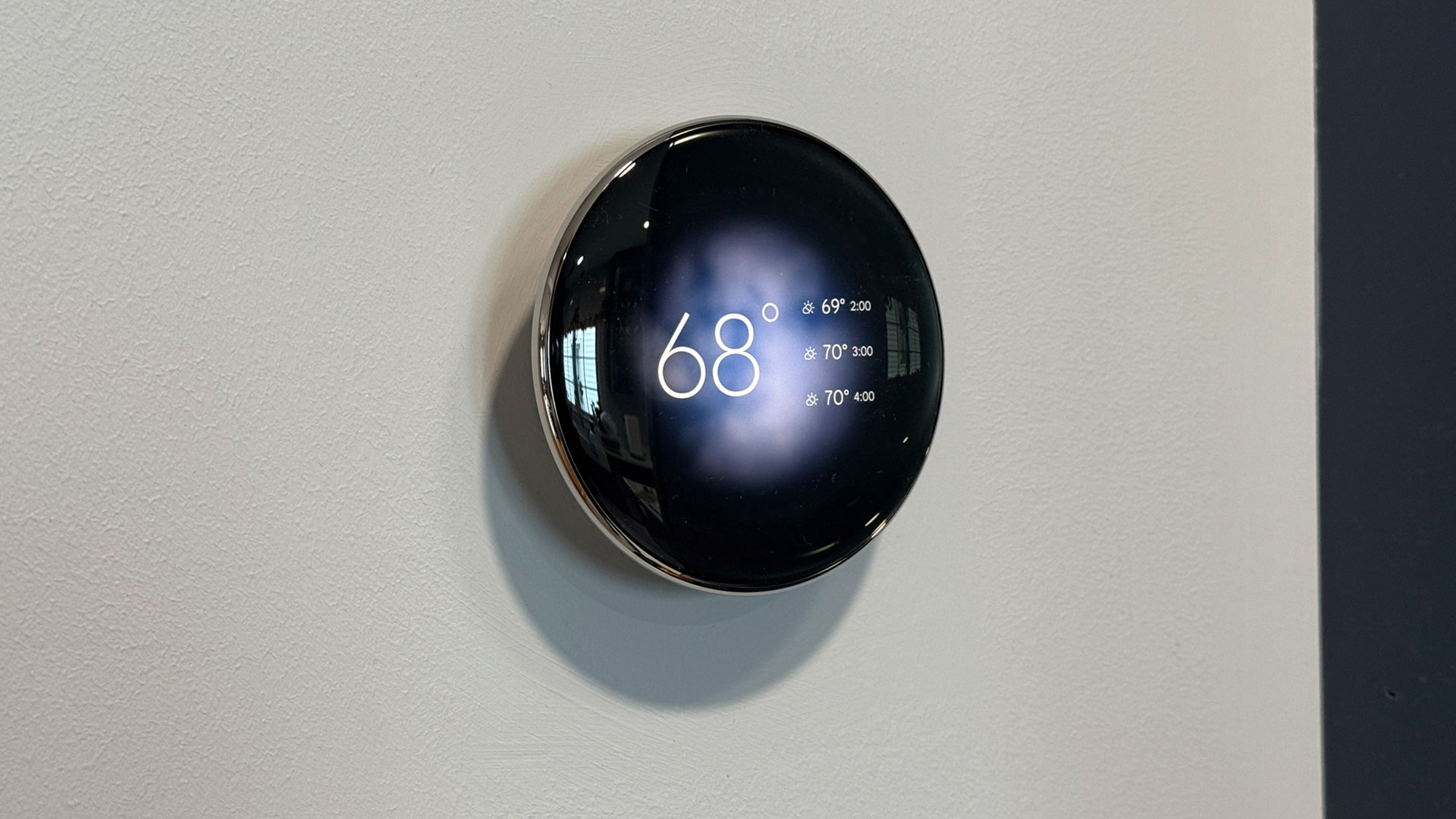



















![Apple Drops New Immersive Adventure Episode for Vision Pro: 'Hill Climb' [Video]](https://www.iclarified.com/images/news/97133/97133/97133-640.jpg)

![Most iPhones Sold in the U.S. Will Be Made in India by 2026 [Report]](https://www.iclarified.com/images/news/97130/97130/97130-640.jpg)










![This new Google TV streaming dongle looks just like a Chromecast [Gallery]](https://i0.wp.com/9to5google.com/wp-content/uploads/sites/4/2025/04/thomson-cast-150-google-tv-1.jpg?resize=1200%2C628&quality=82&strip=all&ssl=1)


![Hostinger Horizons lets you effortlessly turn ideas into web apps without coding [10% off]](https://i0.wp.com/9to5mac.com/wp-content/uploads/sites/6/2025/04/IMG_1551.png?resize=1200%2C628&quality=82&strip=all&ssl=1)




























































































_Olekcii_Mach_Alamy.jpg?width=1280&auto=webp&quality=80&disable=upscale#)

























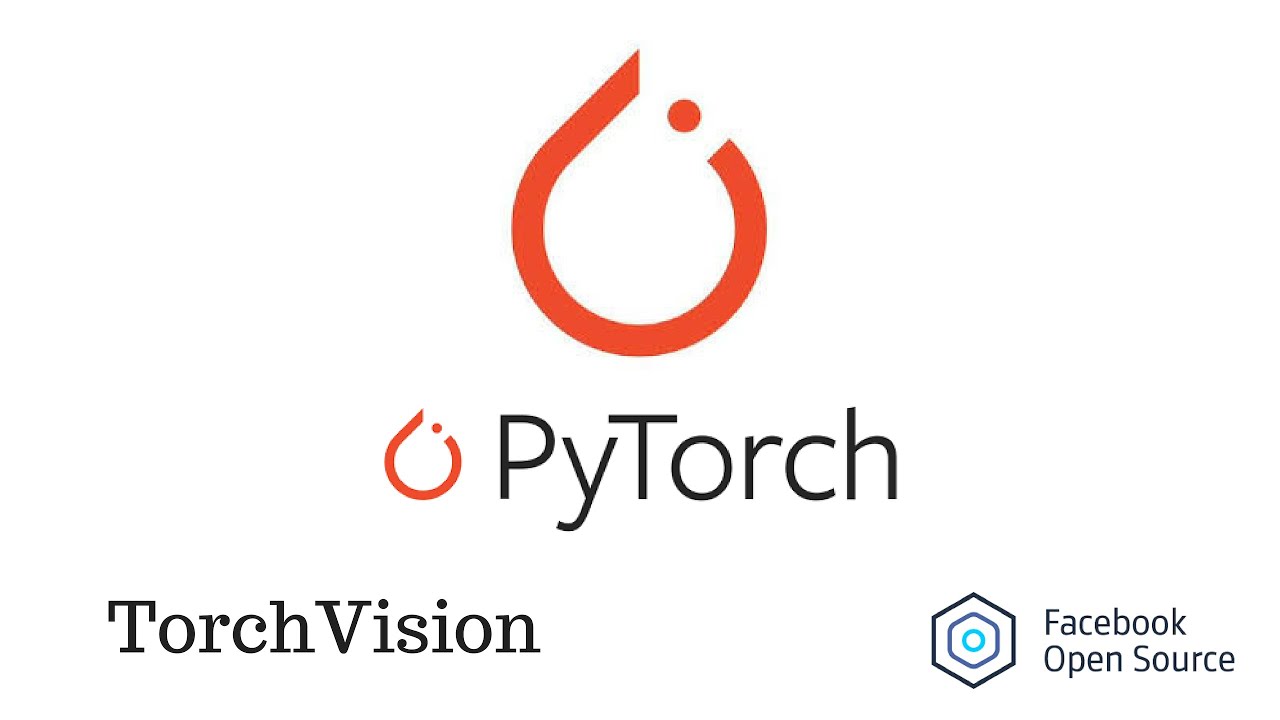



















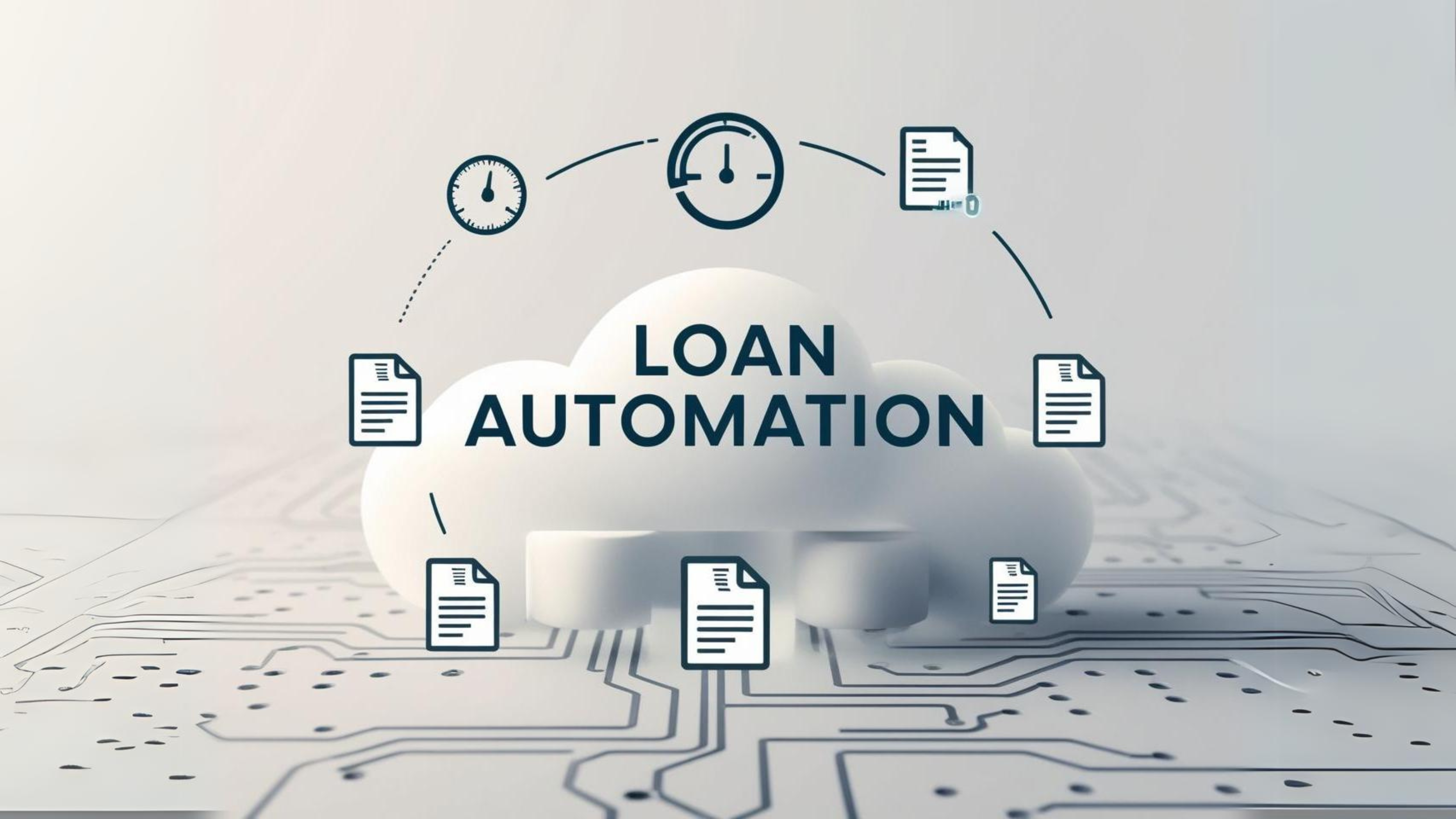





































































![[The AI Show Episode 144]: ChatGPT’s New Memory, Shopify CEO’s Leaked “AI First” Memo, Google Cloud Next Releases, o3 and o4-mini Coming Soon & Llama 4’s Rocky Launch](https://www.marketingaiinstitute.com/hubfs/ep%20144%20cover.png)











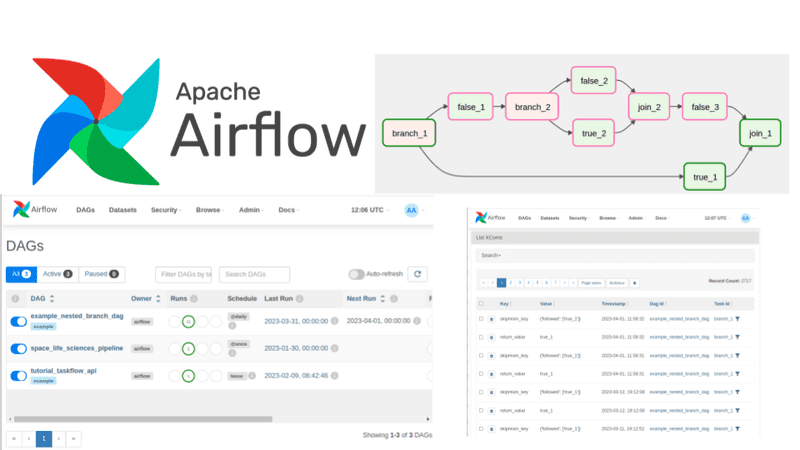



































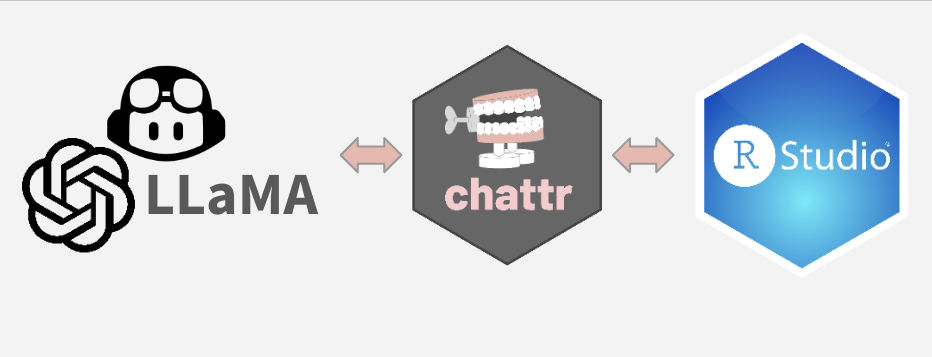















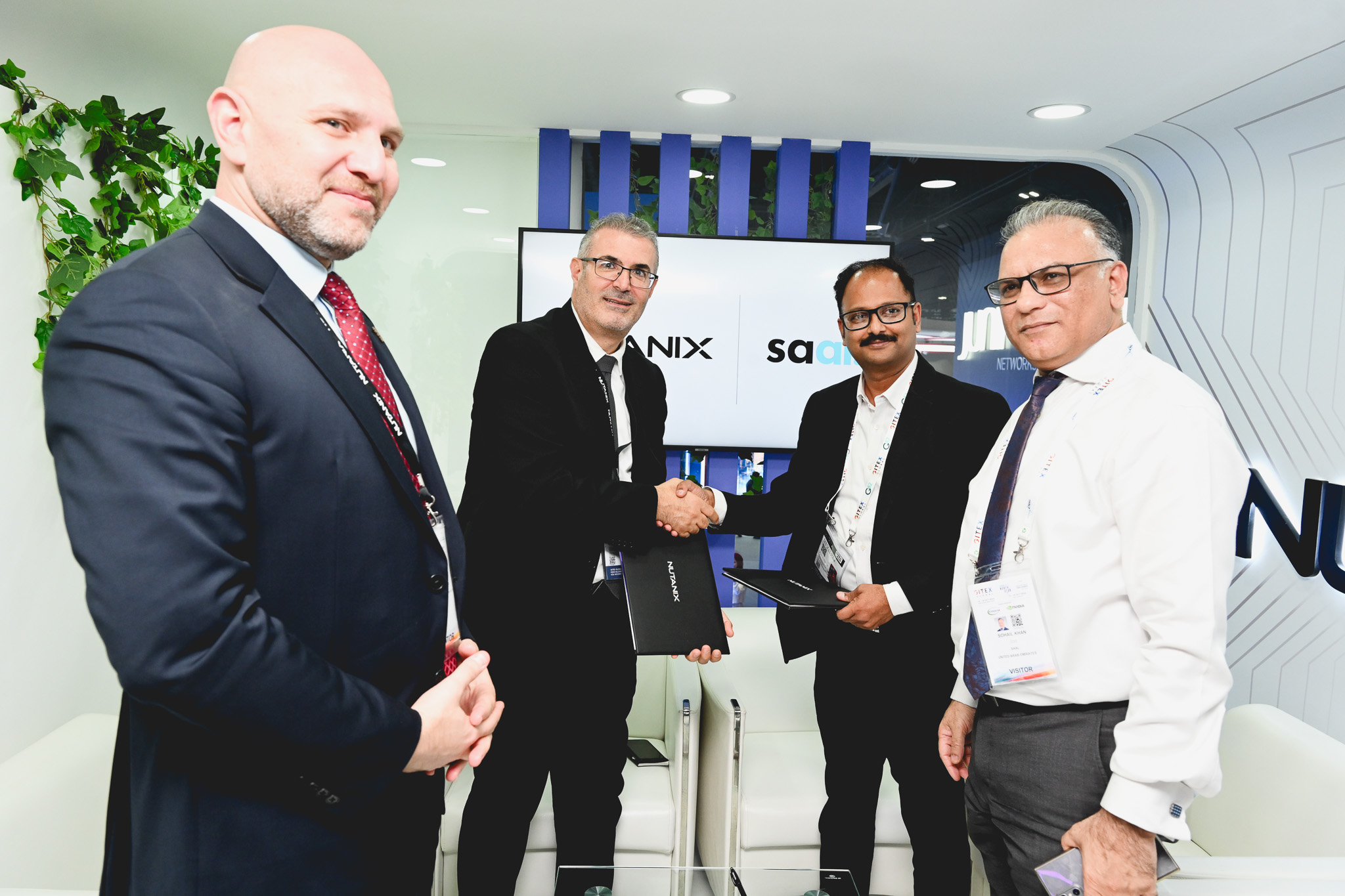







































































































![[FREE EBOOKS] AI and Business Rule Engines for Excel Power Users, Machine Learning Hero & Four More Best Selling Titles](https://www.javacodegeeks.com/wp-content/uploads/2012/12/jcg-logo.jpg)
























































































.jpg?width=1920&height=1920&fit=bounds&quality=70&format=jpg&auto=webp#)





